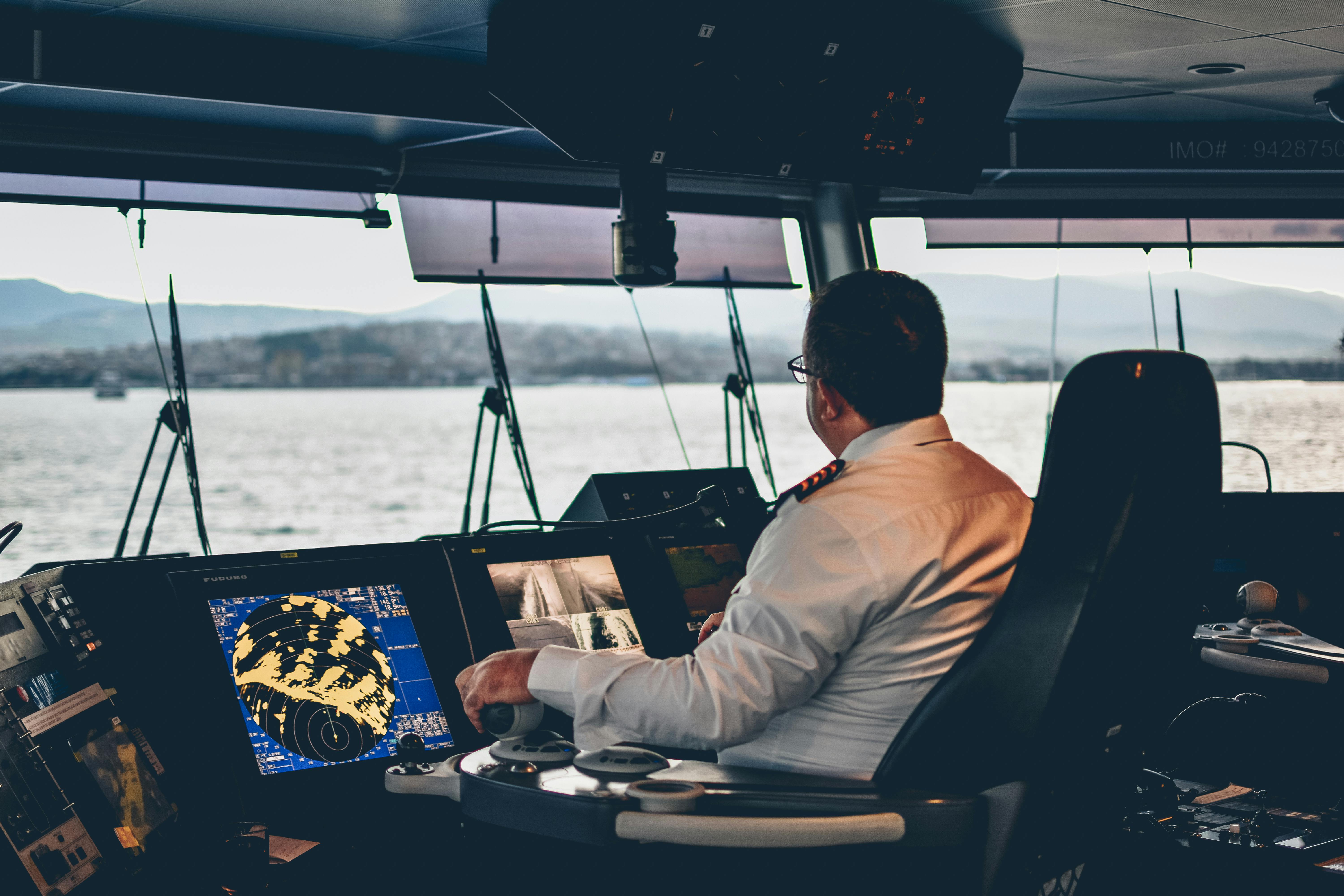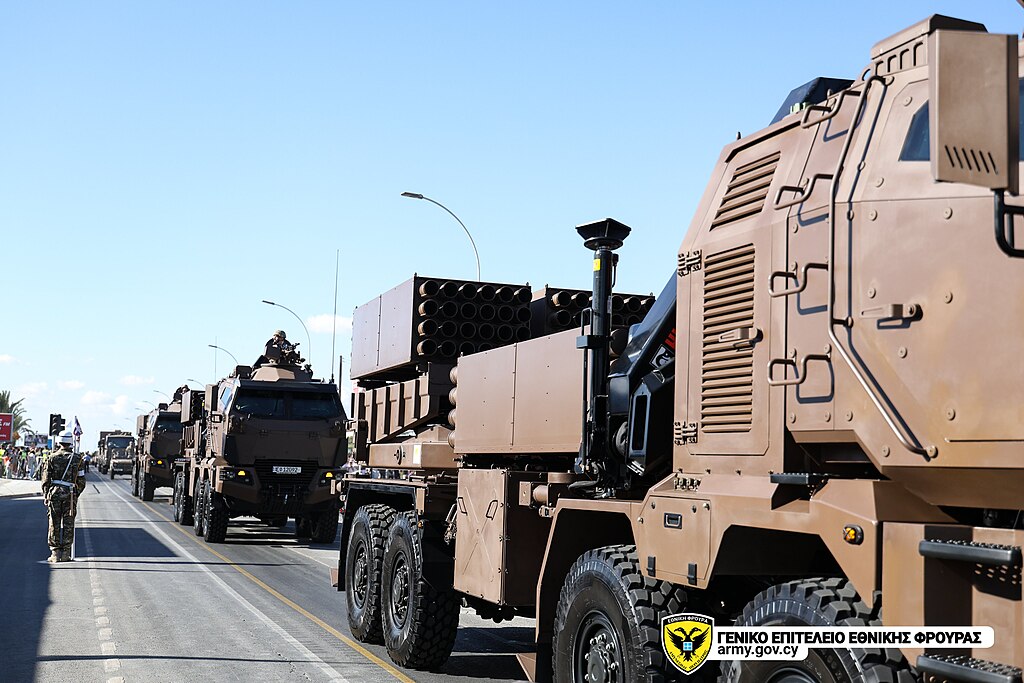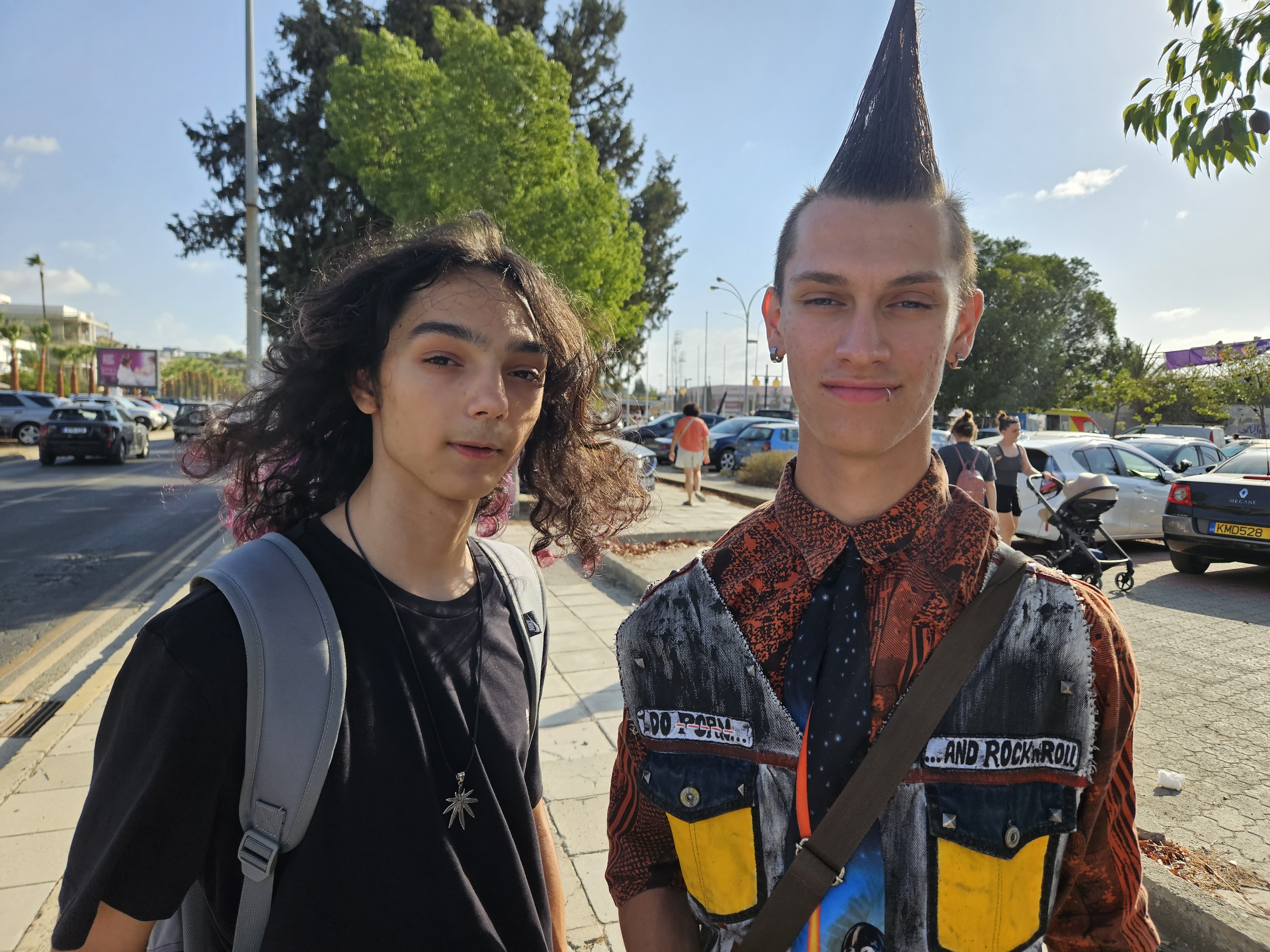Artificial intelligence tools can cut fuel use, slash emissions and steer global shipping toward a low-carbon, data-driven future
Shipping moves about 80 per cent of world trade by volume. Efficiency gains matter at system level. The sector emits roughly 3 per cent of global CO₂, while facing rising costs and scrutiny.
From 2024, maritime is in the EU Emissions Trading System (ETS) – a cap-and-trade system designed to reduce greenhouse gas emissions in the European Union by allowing companies to buy and sell emission allowances. You must surrender the first allowances by 30 September 2025 for 2024 emissions. Coverage ramps from 40 per cent of 2024 emissions to 100 per cent from 2027.
Global maritime trade grew 2.4 per cent in 2023 to 12.3 billion tons. Volumes are up, risk remains.
Cyprus can be a practical testbed. It is Europe’s largest third-party ship management centre. That concentration speeds pilots and rollouts.
What AI is doing for you today
It optimises voyage and fuel. Models learn your hull and route patterns. They suggest speed, route and engine settings to hit ETA at lower fuel burn. A 2024 Orca AI study indicates industry-wide potential to cut 47 million tonnes of CO₂ a year, save about 38.2 million nautical miles, and roughly $100,000 in fuel per vessel through AI-assisted navigation and fewer close encounters.
Artificial Intelligence tools can be used for predictive maintenance and hull performance. Machine learning on vibration, temperature and lube-oil trends flags failures before they hit off-hire. Hull fouling alone can add large fuel penalties. BSM reports AI-driven planning for inspections and cleaning to curb that drag. Recent research shows machine learning can infer fouling from propulsion and weather data. You can deploy this with standard sensors and noon reports.
Artificial Intelligence can help the ship’s bridge and captains to make better decisions. Computer vision reduces false alarms and supports safer manoeuvring. The same insights feed post-voyage debriefs and standardise corrective actions across your fleet.
Smart ports and just-in-time calls. A modern TOS exposes real-time vessel, yard and gate data to stakeholders. DP World Limassol runs a cloud TOS to improve planning and cut idle time.
The Sea Traffic management in the EAstern Mediterranean (STEAM) project in Limassol extends Port-CDM (Port Collaborative Decision Making) and builds an information hub to optimise routes and expand port planning horizons in the Eastern Med.
Great examples from Cyprus
Columbia Shipmanagement Limassol operates a 24/7 Performance Optimisation Control Room in Cyprus. It centralises weather routing, fuel performance, preventive maintenance and compliance.
Bernhard Schulte Shipmanagement LiveFleet gives owners near-real-time operational and emissions data. The team applies AI for hull maintenance decisions to limit fouling-related fuel penalties.

AI needs bandwidth. Tototheo Global and Neuron deliver AI-optimised multi-provider satcom. The platform orchestrates quality of experience (QoE) across low earth orbit, medium earth orbit, geosynchronous equatorial orbit satellites and cellular. That reduces cost per megabyte and keeps your models fed.
The Limassol Shore Centre, set up under the STEAM project, acts as a shore-to-ship services hub to optimise navigation and safety in the region. This is the backbone for data-driven port calls.
A proposed 12-month adoption plan to add AI to the mix
Step one is to pick one profit pool. Start with voyage optimisation or hull performance. Tie it to fuel and ETS exposure. Baseline carbon intensity indicator (CII), speed profiles and route variance now. Use AI to recommend speed and departure windows. Audit results monthly.
Step two is fixing data plumbing. Standardise noon reports. Add speed-through-water, shaft power and fuel-flow sensors if missing. Ensure continuous ship-to-shore sync using multi-orbit satcom and AI QoE management.
The third step is to set up a lean control room. You do not need 24/7 on day one. Three to five analysts can deliver wins. Mirror Columbia’s process discipline and iterate. Track avoided deviations, ETS cost per voyage, and off-hire avoided.
Step four is to close the loop with ops. Push AI recommendations into voyage plans, engine orders and maintenance windows. Keep humans in the loop. Document overrides. Feed outcomes back to the model.
The fifth step is to align with compliance. Automate measuring, reporting and verifying greenhouse gas emissions. Map savings to EU ETS surrender and FuelEU penalties. Build a simple dashboard that owners can read.
The future
AI in global shipping is moving from pilots to standard practice. You will see autonomous and semi-autonomous navigation assist crews on the bridge, with computer vision and collision regulations-aware path planning.
Voyage and speed optimisation will run continuously, priced against EU ETS, CII, and FuelEU Maritime, so your ETA, fuel blend and routing reflect real carbon costs.
Digital twins will simulate hull, engine and weather to plan maintenance and port calls before problems hit. Predictive maintenance will drive just-in-time spares and shorter off-hire. Ports will orchestrate arrivals with AI to cut anchorage and berth conflicts.
Chartering will use agents that weigh freight rates, weather risk and emissions in real time. Data pipelines will standardise noon reports and sensor feeds ship-to-shore.
Human-in-the-loop, audit trails and cyber hardening will be non-negotiable. The winners will scale these capabilities fleet-wide, not ship by ship.







Click here to change your cookie preferences